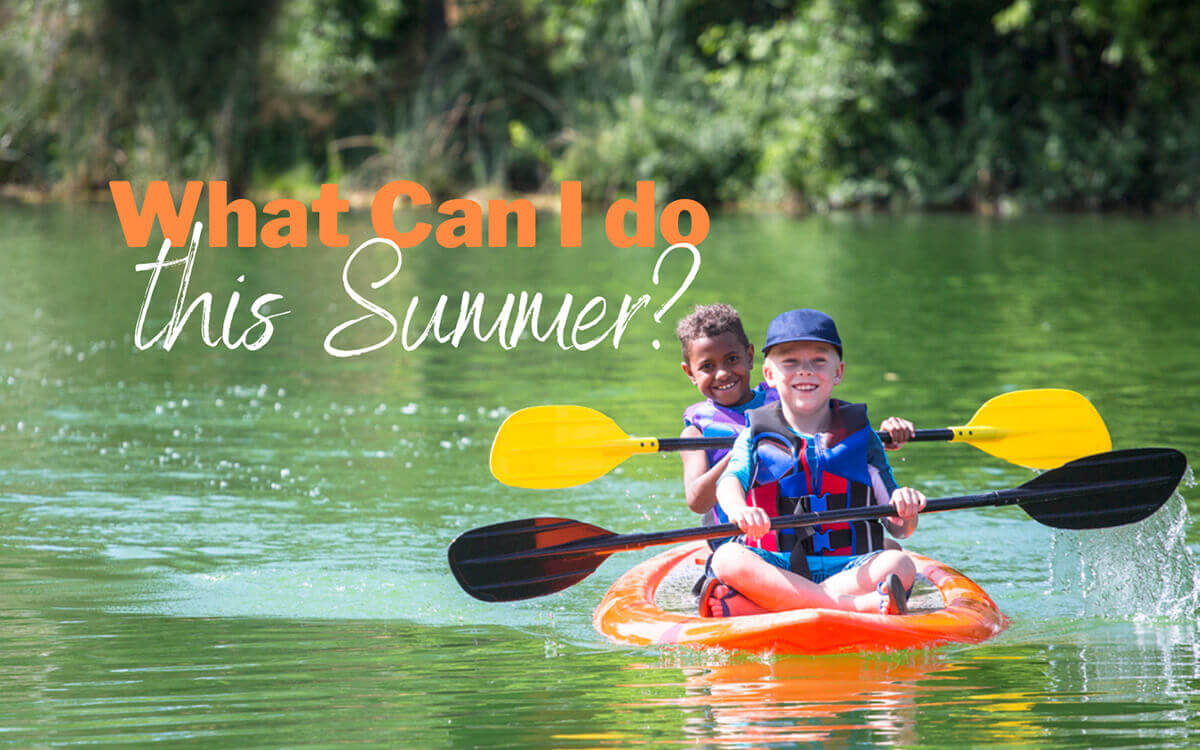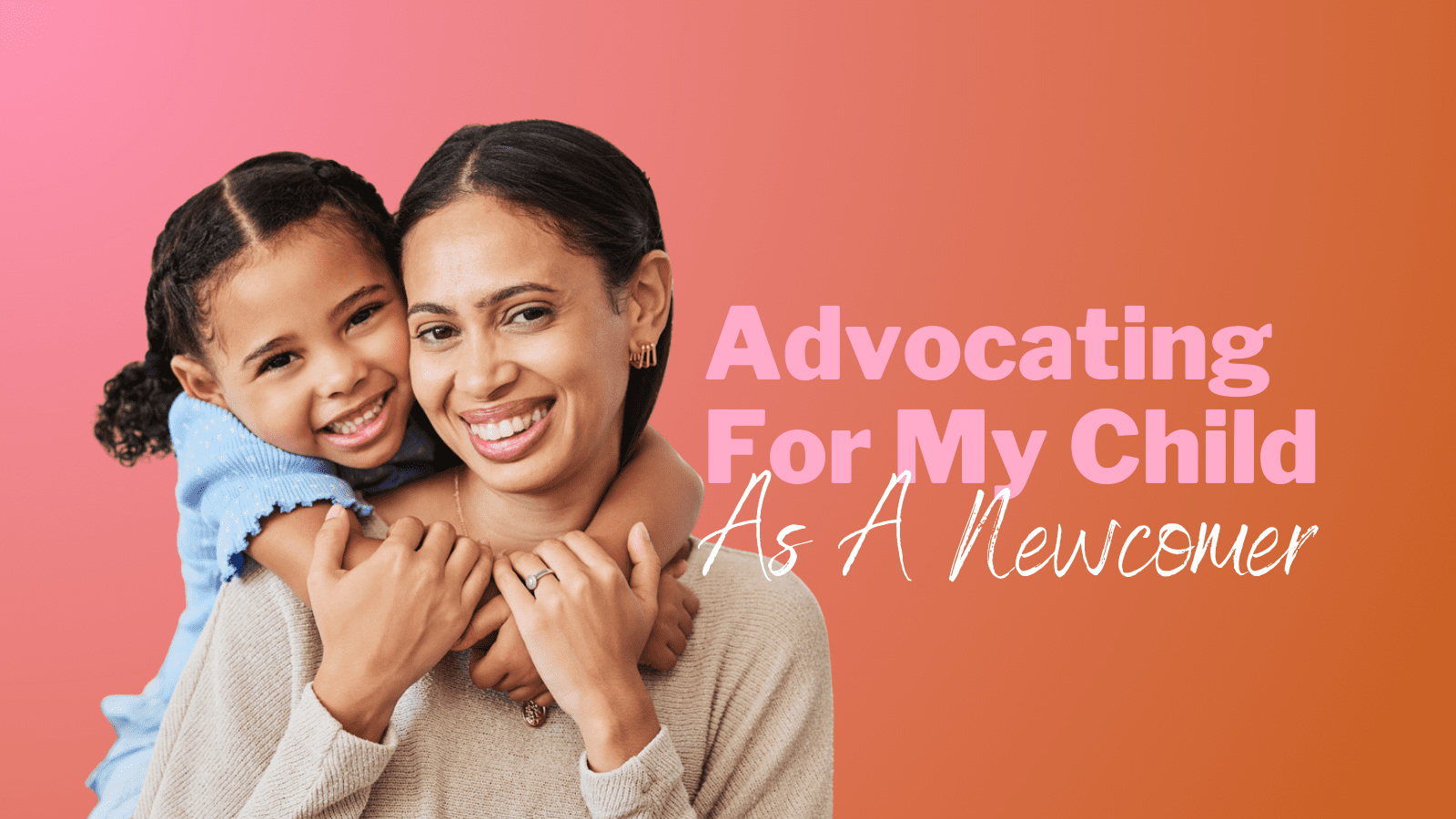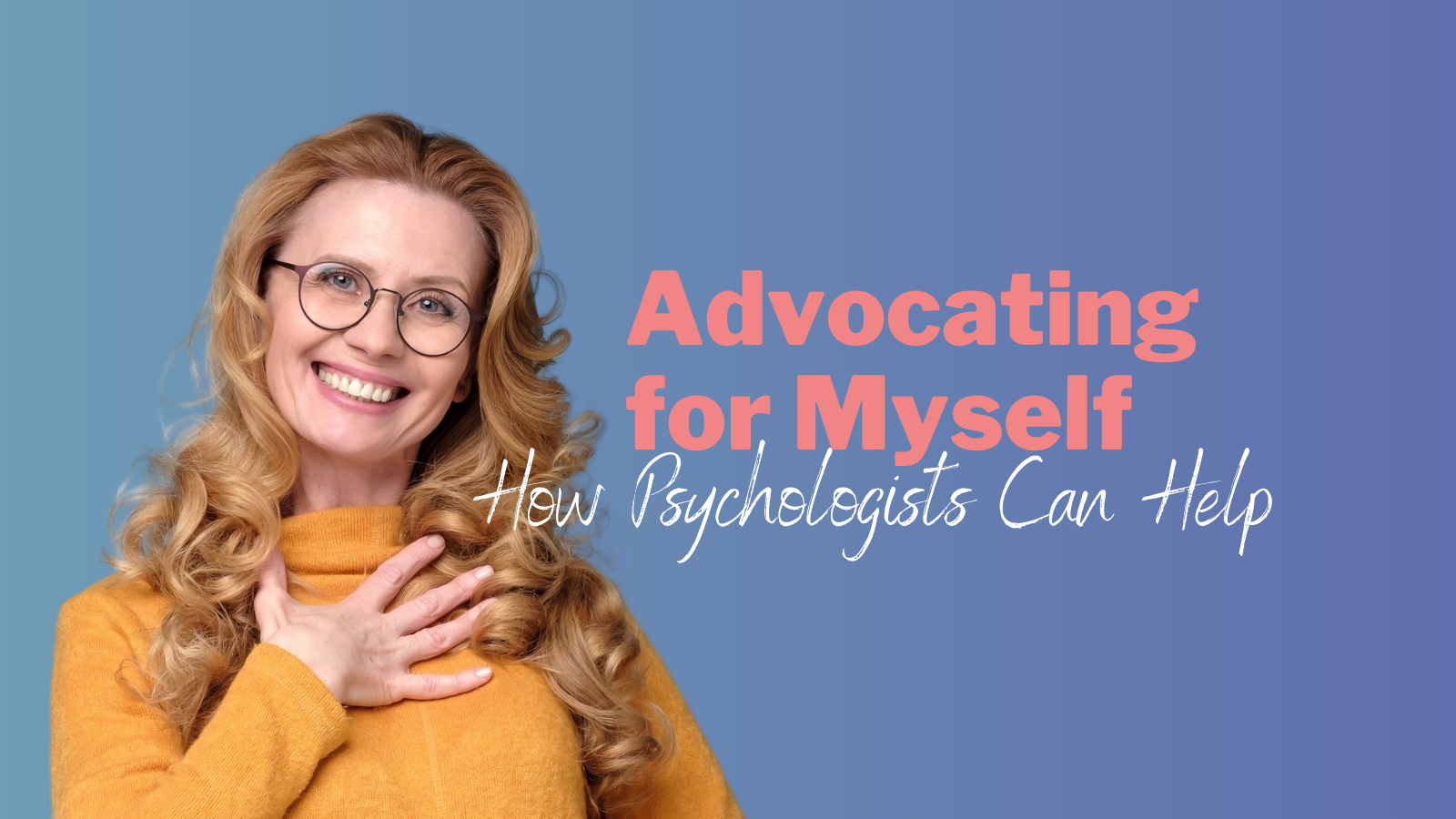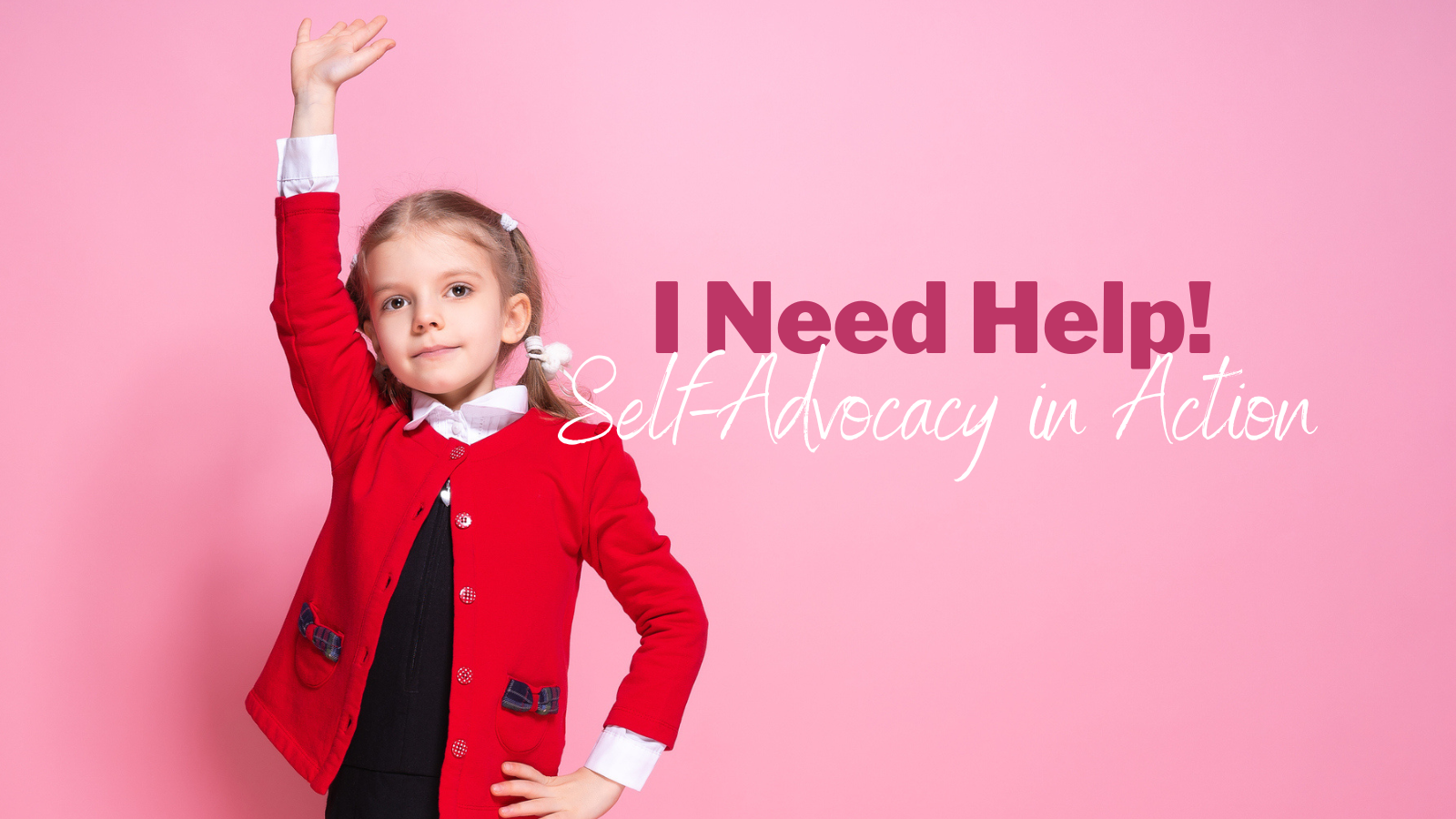A Roadmap to Success at School
Fall is upon us, school has started and it’s time to create IPP’s, aka IEPs (Individual Education Plans) and LSPs (Learning Support Plans). If your child has learning challenges, there should be one of these coming home soon.
What are IPPs?
IPPs (Individual Program Plans) are plans for success for children facing challenges at school. Like the GPS we use on our phones and in our cars, we enter our starting point and the destination, then our GPS shows us the best route to get to our destination.
IPPs are similar. You and your child’s teacher know what your child is currently capable of or their struggles. Together you determine the next best steps for your child’s educational goals. Like a GPS, an IPP outlines a plan for the best educational route for your child. Instead of turns on street corners, an IPP has strategies that form the route or plan to help your child reach those goals.
When do IPPs arrive?
The earlier in the school year the IPP journey begins, the more it’s likely to lead to success. Remember that every month is equivalent to at least 10% of the school year. If your school has not already initiated an IPP meeting, contact your child’s teacher to find out when you can expect it. From the start, be clear that you and your child want to be part of the plan and supportive members of the IPP team. If the IPP is not ready yet, ask if the teacher will use the year end IPP from your child’s last grade. That one should have lots of information about your child’s learning and it can be a great place to start a new IPP.
Communication is the key to all working relationships. Let the teacher know that you would like to communicate regularly every four to six weeks. You and the teacher can agree to meet in person or to communicate by e-mail. Try to make arrangements that suit both of you. After each meeting it’s a good idea to send a thank you note highlighting the points of discussion. This way you have documentation of what was said at the meeting. While it’s nice to meet in person, e-mail messages can also do the job. As well they provide automatic documentation. School administrators and teachers can transfer over the course of the year. By documenting all your communication, you won’t have to start from scratch every time there’s a change of staff.
To Whom do IPPs Belong?
Children’s IPPs belong to them! The responsibility for IPPs belongs to the whole team, parents, teacher and the child. But only one member of that team can do the learning – the child. When children are included in the creation of their IPP they feel that they have a voice in their own learning. Allowing them some say in the plan often leads to more ‘buy in’ on their part and more willingness to try out the strategies. Listen to what your child thinks about their education. Knowing what is most important to them may provide you with some amazing insights!
Typically, it is the teacher who writes the IPP. But it should reflect the input of the IPP team including the parents, the teacher and, wherever possible, the child. However, for children, attending an IPP meeting can be overwhelming. Unless they really want to go, talk with them at home before the meeting and let them know you’ll share their ideas with their teacher.
Adults react differently in different situations; children do, too. You and the teacher see your child in entirely different settings. You see your child at home, at sports events, music lessons and with friends and other family. The teacher sees your child in a classroom with other students, group activities and recess. It’s incredibly valuable if you and the teacher can share your points of view, knowing that together your observations provide a broader view of your child’s abilities and needs.
Contents of an IPP
An IPP should tell you how your child is functioning now and how they should be functioning in the near future. Like route finding on the GPS, there are often several ways to get to where a child needs to be at school. The strategies the teacher implements are the routes they will follow as they move toward their goals.
Your child’s educational-psych assessment likely has a list of strategies specific to the success of your child. From those strategies, the team can pick and choose those that are currently most relevant. Choose the most important ones. Let your child experience success with those. Later, move to the next most important strategies. This way the IPP won’t be overwhelming for your child, the teacher or you. It will remain a dynamic, working document.
Once strategies are decided, the IPP should be clear about which professionals will implement them, when and how often they will occur.
IPPs are working documents! They should change as your child’s skills change. Once a goal is reached, it should be documented and a new goal set. Don’t forget to celebrate these milestones with your child. For children struggling with learning, each minor step is a major success. Remember to let your child know that you are proud of their progress.
What if you think an IPP doesn’t match your child’s needs?
Once an IPP is created, it is signed by the teacher, you and, when possible, your child. Your signature indicates that you agree with the contents. But if you don’t agree with the IPP as it’s written, don’t sign it! Instead write a note next to where your signature would be explaining why you can’t sign it. If you and the teacher can’t work out the issue, it’s time to ask for a meeting with the principal and the resource teacher. If there is still no solution, ask the principal to request support from area or district strategists or specialists.
Use it! Don’t lose it!
Lots of work goes into creating and maintaining an IPP. It’s a tool you, your child and the teacher can use to keep goals in sight. Don’t put it in a drawer and ignore it!
Share the IPP with your child in a way that they can process the information. Be sure they know what goals they are working toward and what strategies will help them get there. Occasionally, ask if they think the strategies are working for them, if they feel they’re making progress or if they feel the strategies need to be adjusted. The more that children feel their IPPs are about their success, the more power they feel they have over their own learning.
Keep that working document working!
Regular reviews are important!
Remember that many strategies take time to work for children so reviews should probably be at intervals of several weeks. Sometimes strategies need to be changed to meet the changing needs and skills of your child. Reviews don’t have to be another in-person meeting; an email check-in is sometimes all that’s needed. This way you can keep the IPP current.
An IPP is a plan for your child to get where they need to be at school just like your GPS gives you the route to get where you are going. Your child is the driver; the only one who can do the actual learning. You and the teacher are navigators and the co-pilots. Working together you can use the IPP to plan the best route to your child’s success.








